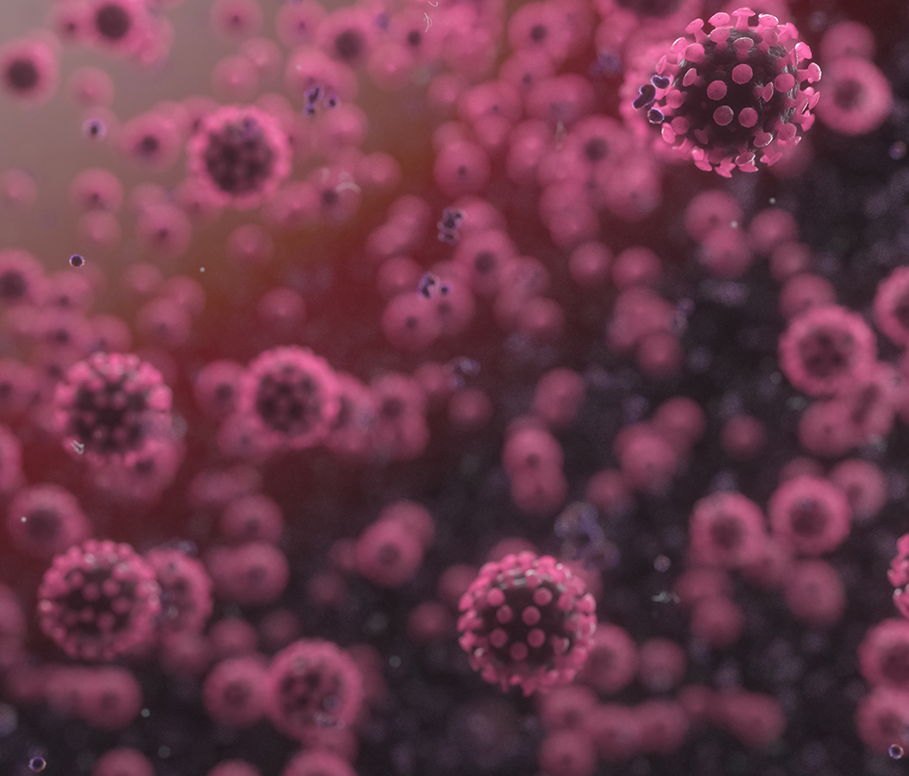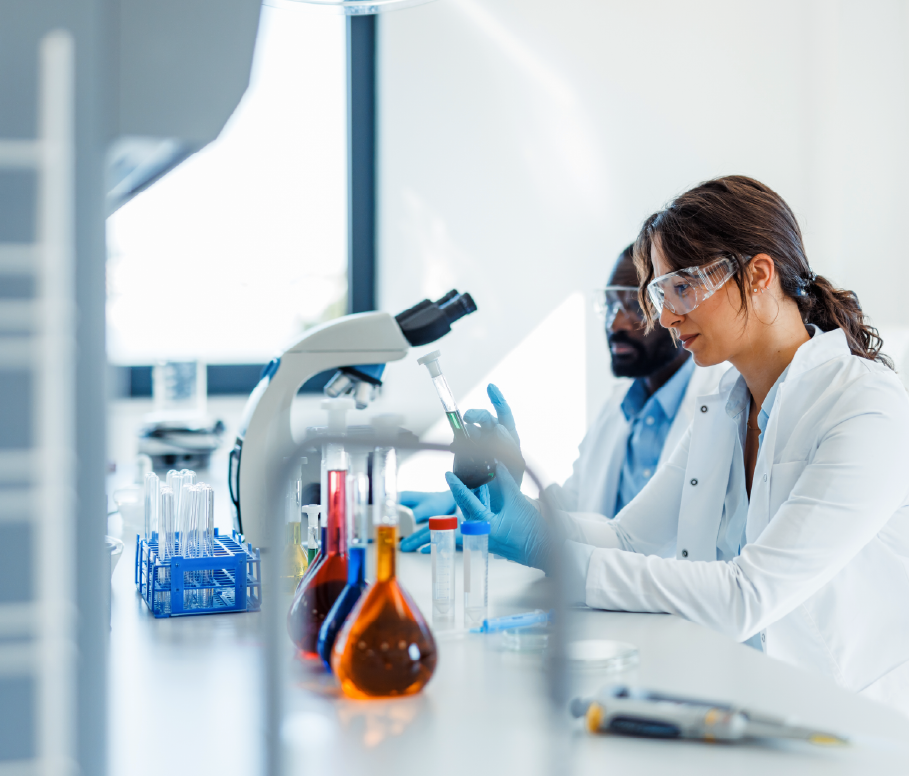Who: Danish manufacturer Blue Ocean Robotics.
The Challenge: Coronavirus is highly contagious. Recent estimates show that, on average, one person can transmit the virus to six others. While the virus is transmitted from person to person, there are many ways that the virus can spread beyond person-to-person contact. The novel coronavirus can travel up to six feet in the air and can live on various surfaces, increasing risk for infection. As a result, proper and safe disinfection of surfaces, especially in areas where risk of transmission is high, like hospital emergency and operating rooms, is of utmost importance.
The Opportunity: Disinfection robots are capable of killing harmful microorganisms and can supplement traditional cleaning methods, boosting their effectiveness and lowering risk of infection, not just of the coronavirus, but for nearly all viruses and bacteria.
How It Works: Backed by investors, Blue Ocean Robotics has developed UVD, a robot that moves autonomously through rooms and supplements maintenance by using ultraviolet light (UV-C) to kill harmful microorganisms. When UVD is operating at its maximum threshold, it can kill 99.9% of all viruses and bacteria in a room within 10 minutes. In order to keep operators safe from radiation, UVD automatically turns off the light if someone enters the room.
The technology has been in incredible demand since the onset of the current pandemic, and the company has been scaling up production as quickly as possible to keep up with the orders. However, other companies have begun to produce “knockoff” robots that claim to accomplish the same goal, at the same capacity. These knockoffs, however, pose a risk as many of them have not executed long-term testing and do not educate the user on how to safely operate the device, as Blue Ocean Robotics has done.
Incredibly useful and important innovation like Blue Ocean Robotics’ UVD are possible because of the protections and incentives that strong IP systems provide. That said, IP protection is still needed in order to ensure this life-saving technology is available large-scale and that operators are using a safe, verified product. During these unprecedented times, there is no room for error. We must invest in, and encourage the production of legitimate products and continue to protect innovation that has undergone an effective review process and proven to be safe.


